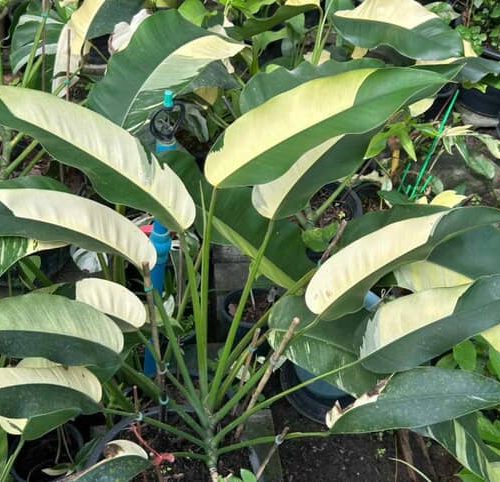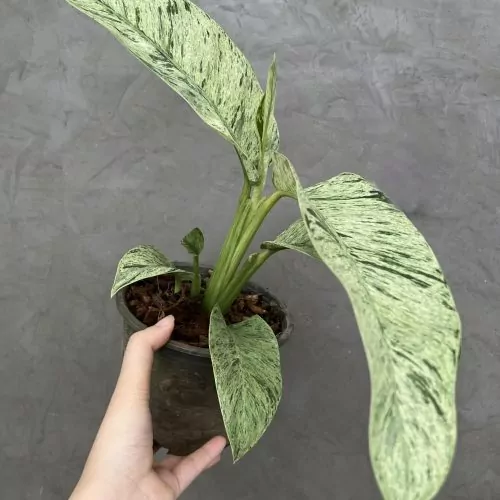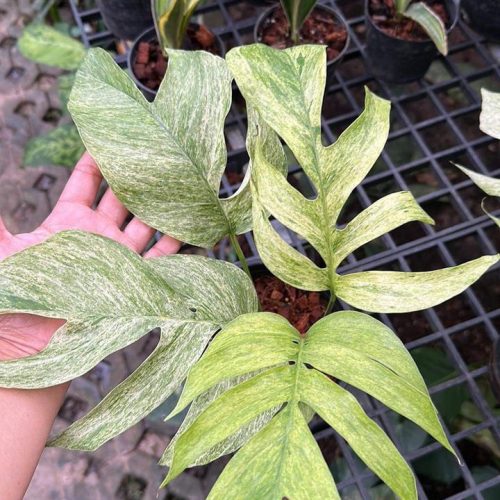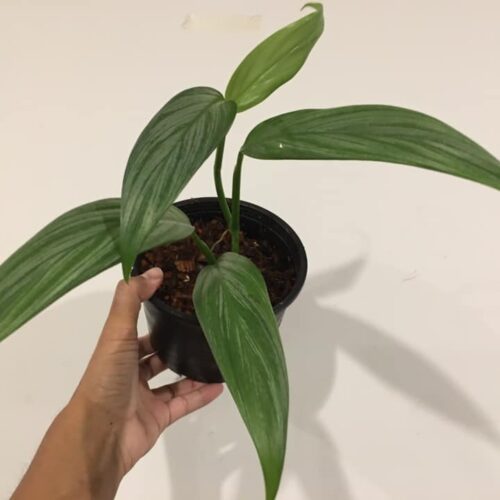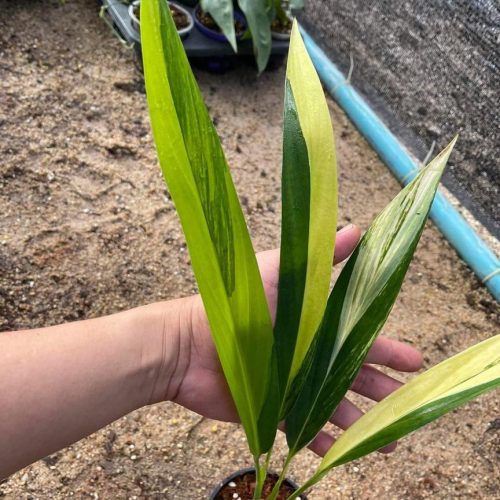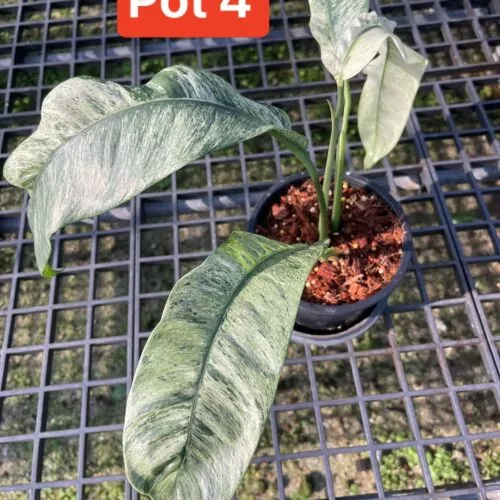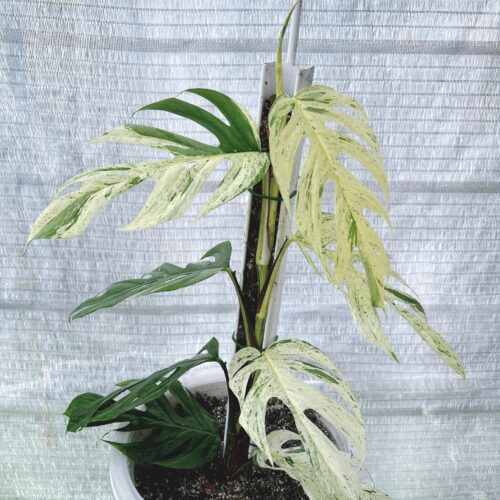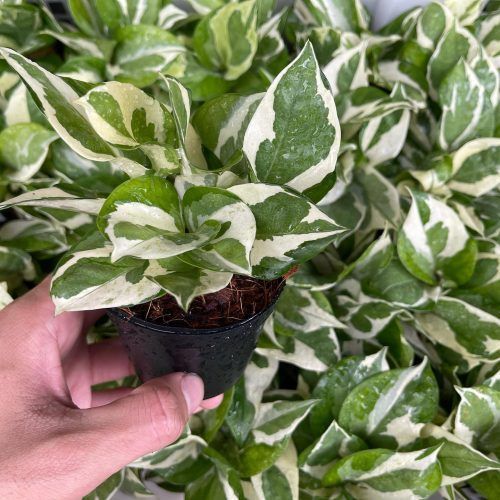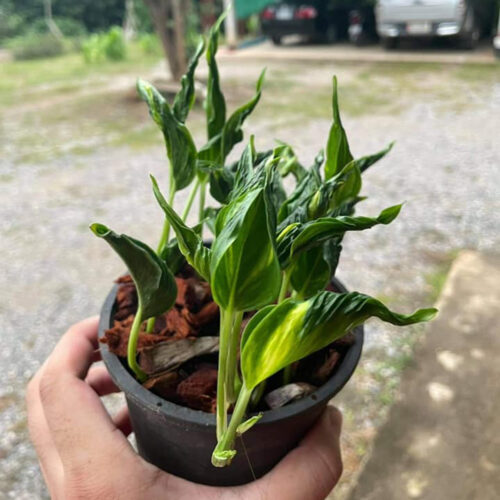Epipremnum aureum, commonly known as Golden Pothos or Devil’s Ivy, is a popular houseplant known for its easy care, trailing vines, and ability to thrive in a variety of conditions. Propagating Epipremnum is a simple way to multiply your plant and create new potted plants to decorate your home or give as gifts. In this blog post, we’ll explore the topic of Epipremnum propagation in depth.
Stem Cuttings
Taking stem cuttings is the most common method used for propagating Golden Pothos. This straightforward process involves snipping off vine sections and rooting them in either soil or water.
Soil Propagation
- Select a healthy vine that is at least 6 inches long and has several leaves. Use sterilized scissors or garden snips to cut below a node.
- Remove lower leaves so only the top two or three remain to prevent moisture loss. Dip the cut end in rooting hormone powder.
- Plant the cutting in well-draining potting soil. Water to moisten soil without oversaturating. Cover the pot with plastic to maintain humidity.
- Keep the cutting at 70-80°F out of direct sunlight. Check soil moisture regularly and water sparingly to prevent rotting.
- New roots and growth should emerge in 4-8 weeks. Gradually introduce to higher light levels once established.
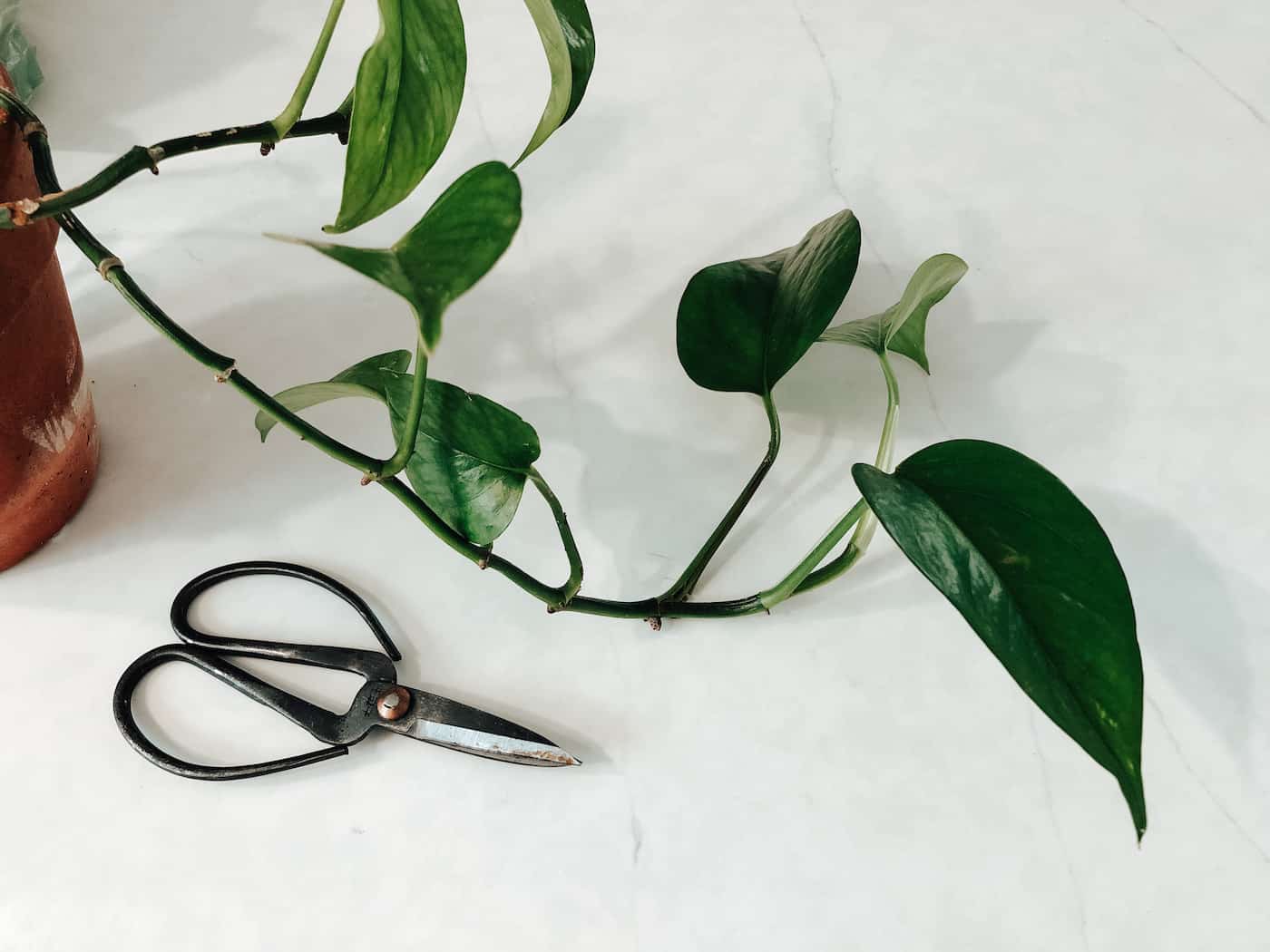
Water Propagation
- Cut vines in 6 inch sections below nodes. Trim leaves on lower half of each cutting.
- Place cuttings in small jars or glasses filled with room temperature filtered water.
- Set containers in indirect light. Change water every 4-5 days to prevent rotting.
- Roots will begin growing in 2-6 weeks. Plant each cutting in potting mix once substantial roots have formed.
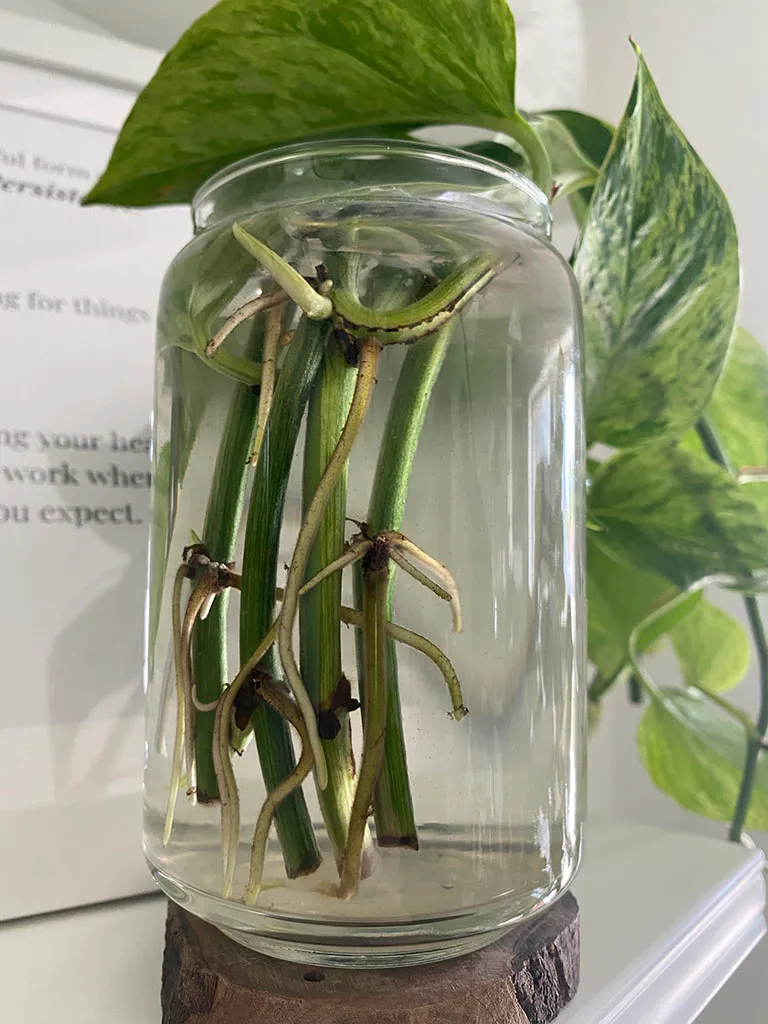
Division Propagation
Mature Golden Pothos plants can be divided into multiple new plants at repotting time.
Preparation and Division Steps
- Select an overgrown Epipremnum plant and water 1-2 days before division.
- Gently remove from pot. Tease apart vines to reveal individual rooted sections.
- Use sterilized knife or shears to cut thick vines into smaller pieces, each with 3-5 leaves and plenty of roots.
- Discard old, stretched out vines or leaves with blemishes/damage. Keep healthy sections.
“Explore the Exceptional 2023 Epipremnum Variegata Collection: A Curated Selection of the Rarest and Most Unique Varieties Available.”

Potting and Care
- Prepare new containers with drainage holes, filled 3⁄4 with houseplant soil amended with compost.
- Plant each divided section at same level it was growing before, gently firming mix around roots.
- Water well until it drains from holes at bottom. Let plants recover 1-2 weeks before fertilizing.
- New growth will take off quickly. Feed monthly and repot when rootbound as these divisions grow fast!
Plantlets
Unique to epiphytic plants like Golden Pothos, plantlets often naturally form on vines as an adaptive reproducing mechanism. These tiny plantlets can be removed and potted up into brand new plants!
Identifying Plantlets
- Examine vines closely to find brownish knobs or tiny leaves emerging from stems.
- Look in vine axils (where leaves meet stems) which is the most common spot for plantlets.
- Plantlets may also sprout from random spots along vines or even root sections.
Harvesting and Potting Up
- Carefully use sterilized scissors or snips to cut the plantlet off, keeping some stem attached.
- Gently tug plantlet away from vine. Avoid damaging its few tiny leaves or roots.
- Prepare a 3-4 inch nursery pot filled with loose, well-draining potting soil.
- Dig small hole and insert plantlet’s roots, covering stem with soil. Firm mix gently around.
- Mist gently and cover pot with plastic bag or cloche. Provide bright indirect light.
- In a few weeks once established, transition to normal Golden Pothos care. Fertilize once a month during growing season.
Where to buy Epipremnum? Benefits from importing plants from Thailand
- Shipping: Door to door shipping, fast and safe with Dragon Courier
- Biodiversity: Thailand is known for its rich biodiversity, including a wide variety of aroid species. This diversity allows importers to access a broad range of unique and exotic aroid plants.
- Quality and Health of Plants: The suitable climate helps the plants grown here stay healthy and of high quality.
- Cost-Effectiveness: Due to favorable growing conditions and efficient production methods, Thai aroid plants can often be more cost-effective compared to those from other countries.
- Access to Hybrid Varieties: Thai growers are often involved in the development of new hybrid aroid varieties, offering unique plants that may not be available from other sources.
Epipremnum species are the most sought after by aroid plant lovers
Conclusion
Propagating Devil’s Ivy through stem cuttings, division, or harvested plantlets yields great results with high success rates for even beginning gardeners. These simple techniques allow you to easily make many new Epipremnum plants to expand your houseplant collection! Try your hand at propagation and enjoy more of these delightfully easy yet visually appealing trailing vines.

